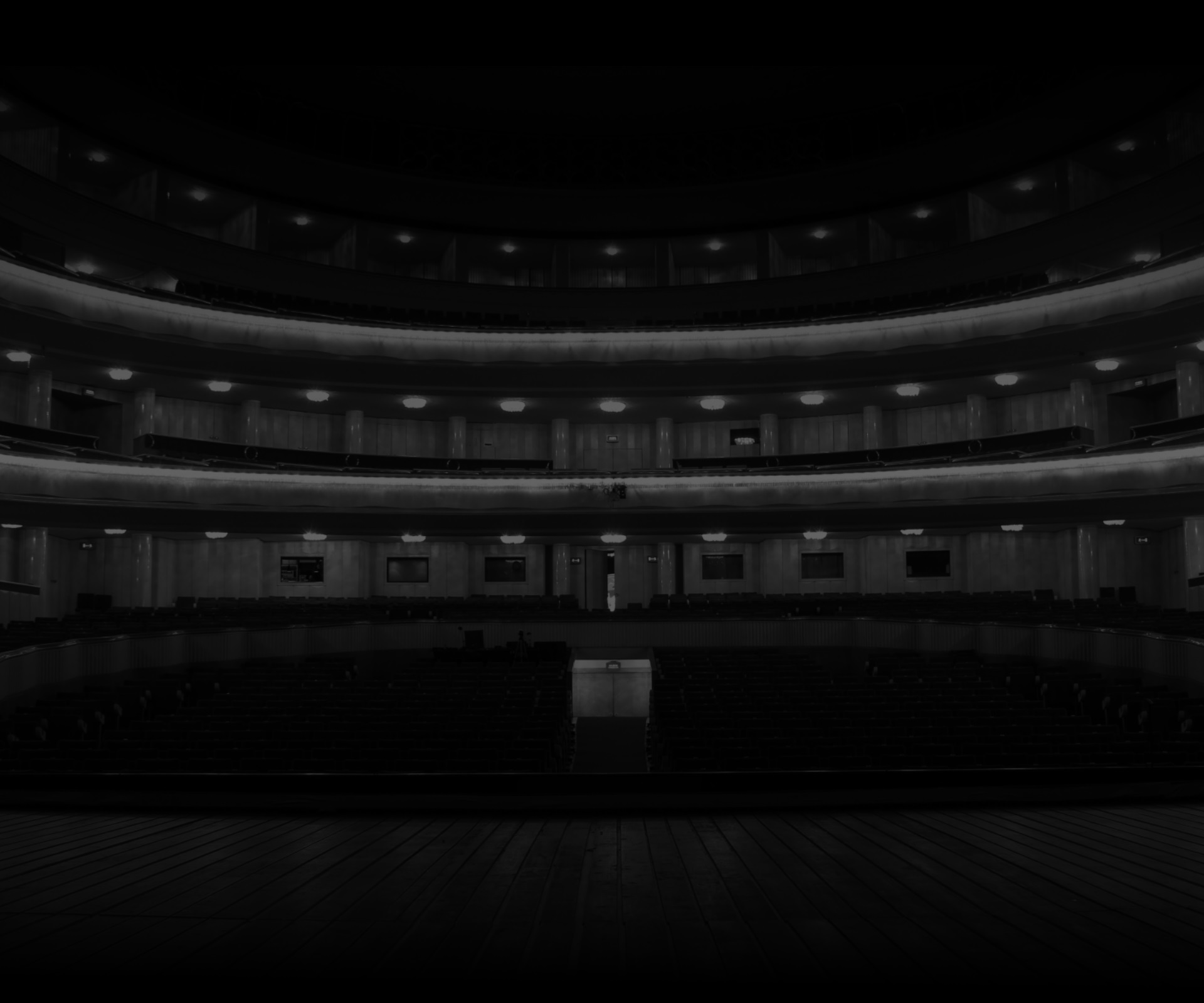Maurice-Jean Berger was born in Marseille, France in 1927, the son of French philosopher Gaston Berger. Fascinated by a recital of Serge Lifar, he decided to devote himself entirely to dance. In South France days, he had studied under Mathilde Kschessinska.
In 1945, he enrolled as a corps de ballet at the Opéra de Marseille. From 1946, he had studied under Madam Rousanne (Sarkissian), Léo Staats, Madam Lyubov Yegorova and Olga Preobrajenska at "Studio Wacker", etc. in Paris.
In 1948, he was also formed with Janine Charrat, Yvette Chauviré and then with Roland Petit, in addition he had studied under Vera Volkova at London.
In 1954, he founded the Ballet de l'Étoile company (dissolved in 1957). In 1960 he founded the Ballet du XXe Siècle in Brussels (dissolved in 1987).
In 1987 he moved to Lausanne in Switzerland, where he founded the Béjart Ballet Lausanne, one of the most famous and successful dance companies in the world.
In 1973, with the Ballet du XXe siecle, he premiered Golestan, on a poem by Sa'di, based on Iranian traditional music. The ballet was commissioned by the Shiraz-Persepolis Festival of Arts where it was premiered. The first performance of Improvisation sur Mallarme III with music by Boulez also took place at that Festival in 1973. Farah, also based on Iranian traditional music was the Ballet's own commission, premiered in Brussels in 1976 and brought to the Shiraz-Perspolis Festival that same year. The 1976 Festival also witnessed the first performance of Heliogabalus, based on a poem by Artaud. The Festival's patron was the former Empress of Iran, with whom Béjart kept strong ties to the end.
Among his works is a thoroughly revised version of The Nutcracker, presumably inspired by his own life story, which he staged in 2000. It still uses Tchaikovsky's original score, but completely scraps the original plot and characters, instead supplying a new story about a boy's efforts to re-connect with his mother. We also are given a look into the boy's strange sexual fantasies. The production design is full of erotic images — some of which are most likely shocking to many, such as wombs and vaginal openings. One of the characters is Marius Petipa, who becomes Mephisto. Another character is called Felix the Cat, presumably after the famous cartoon character. The production has been issued on DVD.
In 2003, he won the Prix Benois de la Danse for lifetime achievement.





